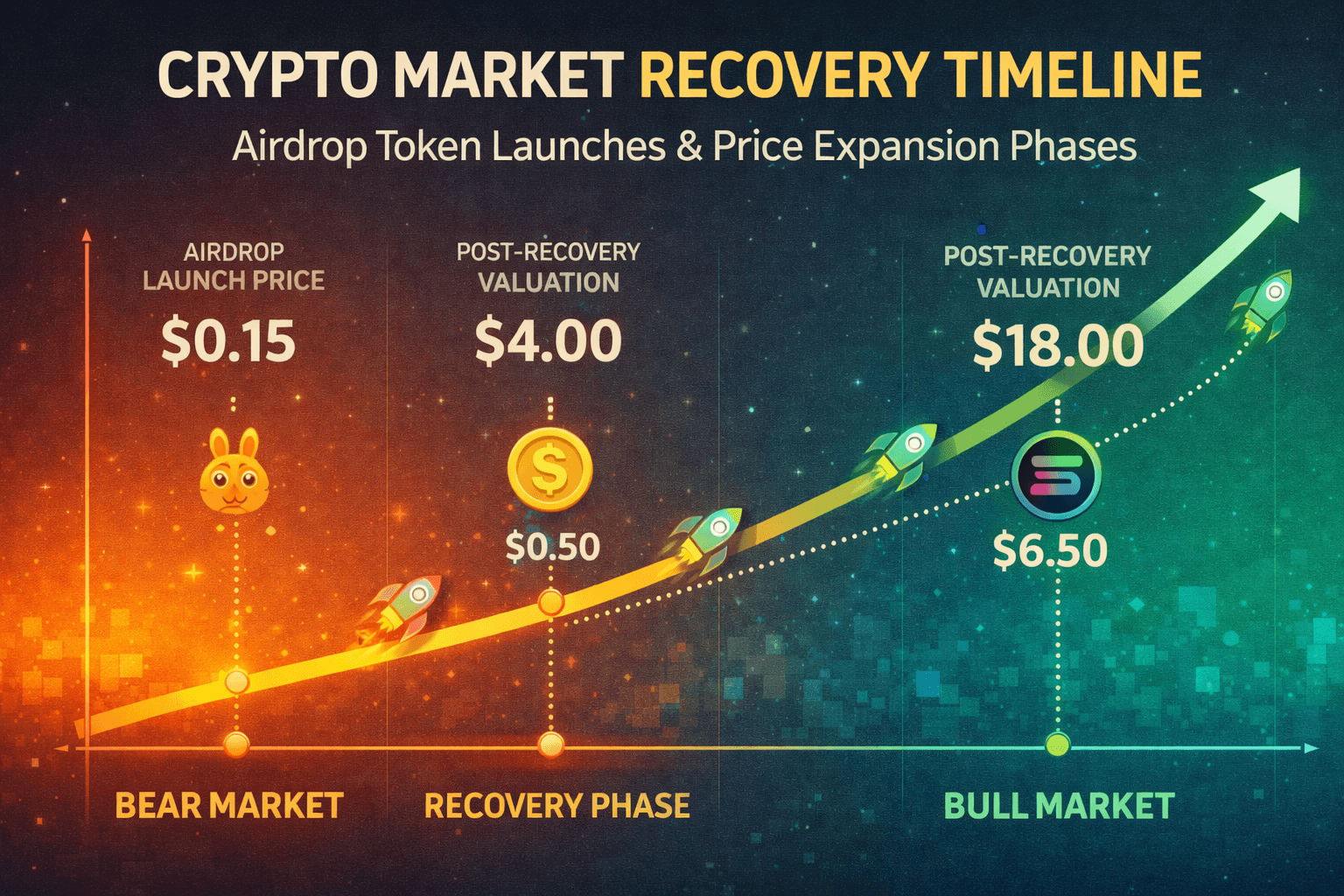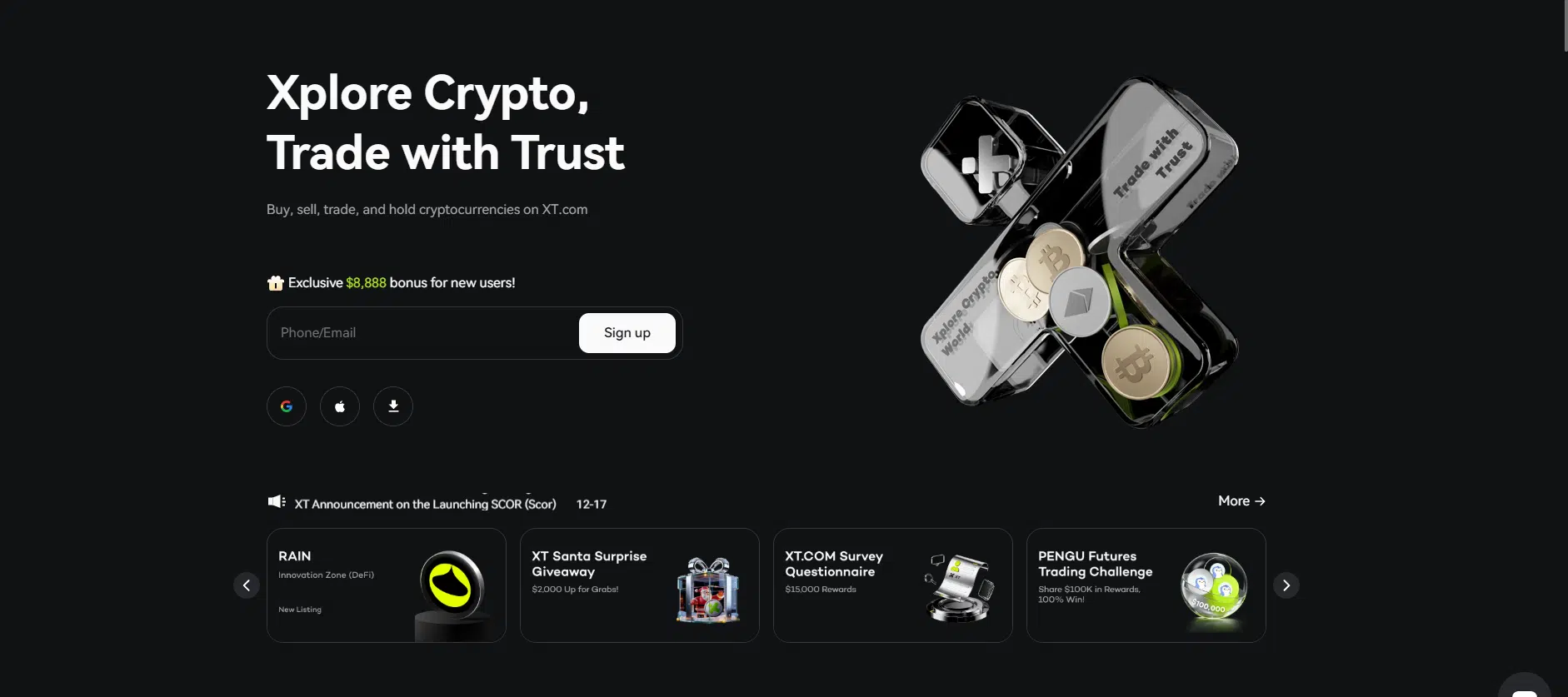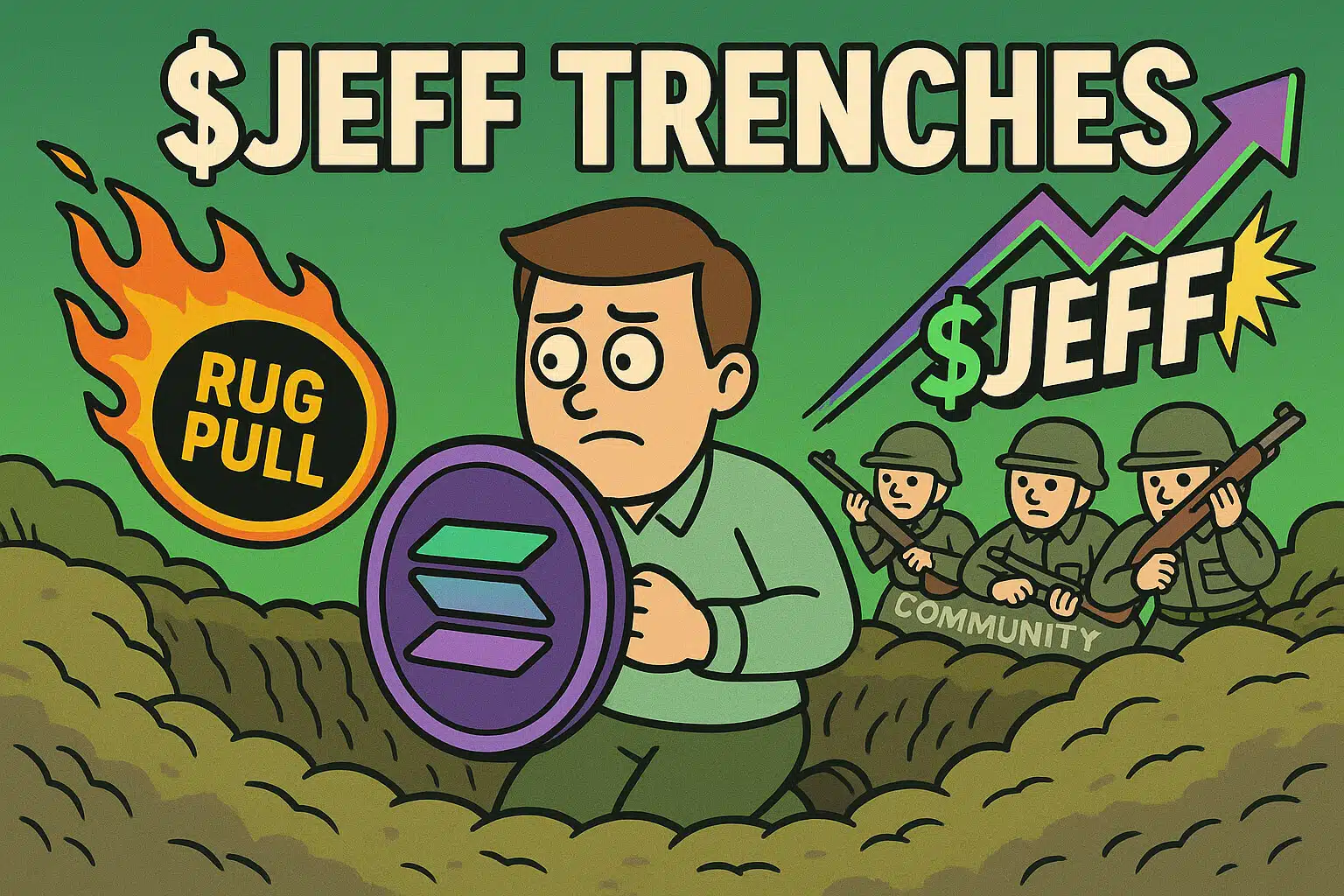Decentralized finance (DeFi) has disrupted traditional financial services by enabling lending, borrowing, and other financial transactions on the blockchain without intermediaries. At the heart of this revolution are decentralized lending and borrowing platforms, which allow users to lend their crypto assets to earn interest or borrow assets by providing collateral. However, to achieve widespread adoption, these platforms must attract liquidity and active users. This is where airdrops come in. By distributing tokens to users as rewards, decentralized finance platforms are leveraging airdrops to incentivize participation, increase liquidity, and foster user engagement.
In this article, we’ll explore the role of airdrops in decentralized lending and borrowing platforms and how they’re shaping the future of DeFi.
1. What are Decentralized Lending and Borrowing Platforms?
Decentralized lending and borrowing platforms are financial protocols built on blockchain technology that enable peer-to-peer lending and borrowing of cryptocurrencies. Unlike traditional banks, these platforms operate without intermediaries, relying instead on smart contracts to automate transactions and secure assets.
Users on these platforms can:
- Lend their cryptocurrency and earn interest.
- Borrow cryptocurrency by providing collateral.
- Participate in platform governance if they hold governance tokens.
Examples of popular DeFi lending platforms include Aave, Compound, and MakerDAO. These platforms are open, permissionless, and typically accessible to anyone with an internet connection and a crypto wallet. However, for these protocols to thrive, they need a steady influx of users willing to deposit assets and engage in lending and borrowing activities. Airdrops are emerging as an effective way to incentivize this engagement.
2. The Role of Airdrops in Decentralized Lending and Borrowing Platforms
Airdrops are increasingly being used by DeFi lending platforms as a way to incentivize participation and reward users. By distributing tokens to users for their activity or loyalty, airdrops encourage participation and help establish a strong community of users. Here are some ways airdrops are benefiting decentralized lending and borrowing platforms:
A. Attracting New Users and Liquidity Providers
One of the biggest challenges for DeFi platforms is attracting liquidity. To generate meaningful lending and borrowing opportunities, these platforms require a substantial amount of assets deposited by users. Airdrops provide an effective mechanism to attract liquidity providers by offering them token rewards simply for depositing assets on the platform.
Example: A new DeFi lending protocol might airdrop tokens to users who deposit a minimum amount of cryptocurrency into a lending pool. By doing so, the protocol incentivizes users to provide liquidity, which in turn attracts more borrowers and increases the platform’s utility.
B. Rewarding Active Participants
Many DeFi lending platforms reward users who are active participants in the ecosystem, including those who frequently lend, borrow, or interact with governance features. Airdrops can serve as a way to reward these active users, ensuring that they feel valued and remain engaged.
Example: Compound, a leading DeFi platform, has distributed COMP tokens to users based on their lending and borrowing activity. This approach rewards users for their active participation and makes them feel like stakeholders in the protocol.
C. Promoting Governance Participation
Many DeFi platforms are governed by their communities, with decisions made through a voting process. Airdrops of governance tokens to users encourage them to take part in platform governance, allowing them to vote on important proposals such as protocol upgrades, interest rate adjustments, and risk management policies.
Example: Aave has distributed its native token, AAVE, to active users, which allows them to vote on governance proposals and participate in shaping the platform’s future. This incentivizes users to become more involved in decision-making, fostering a stronger, more engaged community.
D. Incentivizing Borrowing Activity
While lenders are essential for providing liquidity, borrowers play an equally important role by driving demand on the platform. Some DeFi lending protocols use airdrops to encourage borrowing activity by rewarding users who take out loans.
Example: A DeFi platform may airdrop tokens to borrowers who reach certain borrowing thresholds or use specific assets as collateral. This encourages users to borrow more, which contributes to the platform’s overall transaction volume and activity.
3. Types of Airdrop Strategies in DeFi Lending Platforms
DeFi lending and borrowing platforms use a variety of airdrop strategies to attract and retain users. Here are some common strategies:
A. Retroactive Airdrops
Retroactive airdrops are given to users based on past activity. This type of airdrop rewards users who were early adopters or who have been consistently active on the platform. Retroactive airdrops can create excitement and build trust, as they show appreciation for loyal users.
Example: A new DeFi lending platform could airdrop tokens to users who provided liquidity or took out loans before a certain date. This retroactive reward recognizes early supporters and encourages continued engagement.
B. Liquidity Mining and Staking Rewards
Liquidity mining is a popular DeFi strategy where users earn rewards (in the form of airdropped tokens) for depositing their assets into a liquidity pool. Some platforms also allow users to stake their tokens in exchange for rewards, encouraging them to hold their tokens rather than sell them immediately.
Example: Compound rewards users who lend or borrow on the platform with COMP tokens. The more a user lends or borrows, the more tokens they earn. This approach encourages ongoing participation, as users are rewarded based on their activity level.
C. Time-Locked Airdrops
To prevent token dumping, some DeFi platforms use time-locked airdrops, where tokens are distributed but can only be accessed after a certain period. This strategy encourages users to remain committed to the platform and helps maintain the token’s price stability.
Example: A DeFi platform may distribute tokens to liquidity providers but make them accessible only after six months. This encourages users to stay engaged with the platform over a longer period and reduces the risk of users selling tokens immediately.
D. Task-Based Airdrops
Some platforms reward users for completing specific tasks, such as lending a certain amount, borrowing for the first time, or participating in governance. Task-based airdrops incentivize specific behaviors that benefit the platform and promote active engagement.
Example: A DeFi protocol could airdrop tokens to users who complete a governance vote or provide liquidity in a low-volume asset pool. This type of targeted reward system helps drive engagement in specific areas where the platform may need support.

4. Benefits of Airdrops in Decentralized Lending Platforms
Using airdrops to reward users in DeFi lending platforms offers numerous benefits for both the platform and its users:
- Increased Liquidity: By incentivizing users to deposit assets, airdrops help increase liquidity, which is essential for lending and borrowing activities.
- Enhanced User Engagement: Airdrops reward users for their participation, encouraging them to lend, borrow, or take part in governance. This builds a more engaged user base.
- User Acquisition: Airdrops attract new users who may not have otherwise considered using the platform, expanding the platform’s reach and user base.
- Community Building: Airdrops reward community members and make them feel like stakeholders, fostering loyalty and creating a strong, dedicated community.
5. Examples of DeFi Platforms Successfully Using Airdrops
Several DeFi lending and borrowing platforms have successfully implemented airdrop strategies to incentivize user participation and increase liquidity. Here are a few examples:
a. Compound
Compound is known for pioneering liquidity mining by rewarding both lenders and borrowers with COMP tokens. These tokens are distributed based on users’ activity, with higher rewards going to those who contribute more to the platform. This strategy has been instrumental in increasing Compound’s user base and overall liquidity.
b. Aave
Aave is a popular DeFi lending platform that incentivizes users through airdrops of its AAVE token. By rewarding both lenders and borrowers, Aave encourages users to actively engage with the platform. Aave also distributes tokens to participants who take part in governance, ensuring that users have a say in the platform’s development.
c. MakerDAO
MakerDAO, one of the oldest DeFi projects, has used retroactive airdrops and governance token distribution to reward active community members. By providing MKR tokens to users who engage with its platform, MakerDAO incentivizes participation in governance, which is crucial for the platform’s decentralized nature.
6. Challenges of Using Airdrops in Decentralized Lending
While airdrops offer numerous benefits, they also come with some challenges:
- Token Dumping: Users may sell their airdropped tokens immediately, leading to price volatility. To address this, platforms can implement time-locked or vested airdrops to reduce the risk of rapid sell-offs.
- High Costs for the Platform: Frequent airdrops can be expensive for platforms, particularly if they distribute a significant amount of tokens. DeFi platforms need to balance airdrop frequency and reward size to manage costs.
- Regulatory Uncertainty: Airdrops, especially those with monetary value, may attract regulatory scrutiny. Platforms need to stay informed about compliance requirements to avoid legal issues.
Conclusion
Airdrops are playing a pivotal role in the growth of decentralized lending and borrowing platforms by incentivizing participation, building liquidity, and fostering community engagement. In the competitive world of DeFi, airdrops provide a valuable tool for attracting users and creating a sense of ownership. By rewarding users with tokens, DeFi platforms can build a loyal user base, increase their activity, and encourage governance participation, making airdrops a cornerstone of modern DeFi ecosystems.
As decentralized finance continues to expand, airdrops will likely remain an essential part of the strategy for DeFi lending platforms. Airdrops represent not only a reward for participation but also an opportunity to become stakeholders in the protocols they use. For platforms, airdrops are a powerful means of driving engagement, enhancing liquidity, and building decentralized communities.
For more insights on airdrops in DeFi and blockchain lending, visit our Cryptocurrency Comparisons Guides.
Stay Updated
For the latest updates on airdrops and decentralized finance, follow us on:
Stay informed with the latest crypto insights at FreeCoins24.io.
Special Offer
Want to trade tokens earned through DeFi airdrops? Sign up on Bybit today and enjoy up to $30,000 in deposit bonuses! Trade confidently on a top crypto platform.

















